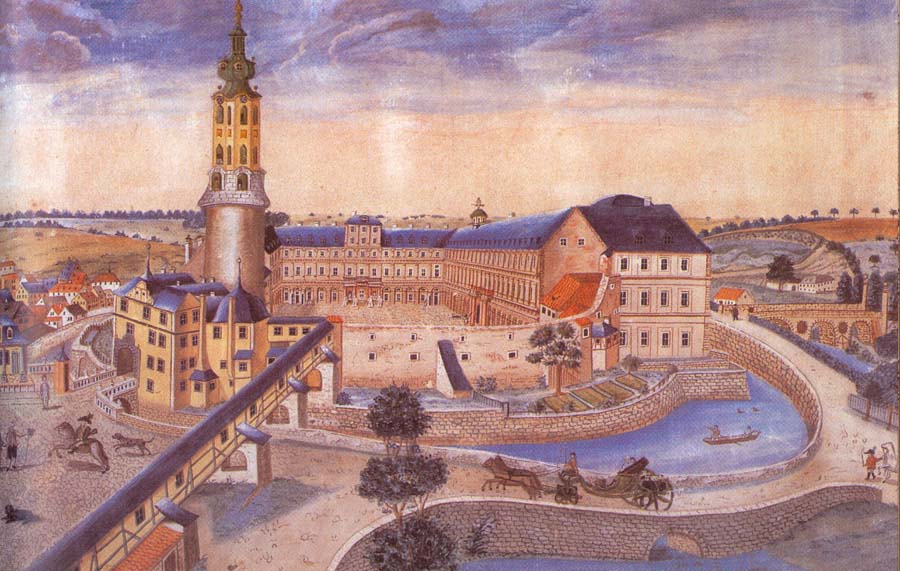During his tenure as a chamber musician and court composer in Weimar (1708 – 1717), Bach’s musical production was centered mostly around cantatas, organ and harpsichord music. While on occasion we come across conjectures that point to the existence of chamber works or concertos dating back to this period, none have survived.
His employer in Weimar was Duke Wilhelm Ernst of Saxe-Weimar, whose young nephew, Johann Ernst, was a talented violinist, organist and composer. We know that the young prince studied the keyboard and composition with Bach’s relative Johann Gottfried Walther, and it’s likely that Bach himself was somewhat connected to his music education as well.
During his travels throughout Europe, the prince brought back a lot of printed music for the court orchestra, mostly in the form of the hot new “Italian concerto” that was becoming so popular all over Europe.
Whether out of his own interest, by the prince’s request, or a combination of both, Bach transcribed a number of these new concertos for the harpsichord and the organ. The list includes works by Vivaldi (the vast majority), Alessandro and Benedetto Marcello, Torelli, Telemann, and curiously, a few concertos composed by the prince himself. Bach’s transcriptions aren’t literal, of course. He makes alterations as needed not only to enrich the voicing, counterpoint and harmony, but to render the music idiomatic to the new instrument, whether organ or harpsichord.
Concerto BWV 982 in B flat is one of the prince’s concertos. It starts with a movement without tempo indication in 3/4, in typical concerto form, with an orchestral ritornello that leads to solo passages that betray their violinistic origins. The middle movement starts as a lyrical adagio that flows into an allegro with an imitative motif, reminiscent of a keyboard invention – one wonders how much of this writing is Bach’s versus the prince’s. The final movement is a Gigue in 6/8 that explores different rhythmic patterns and harmonic progressions typical of the Vivaldian concerto.
